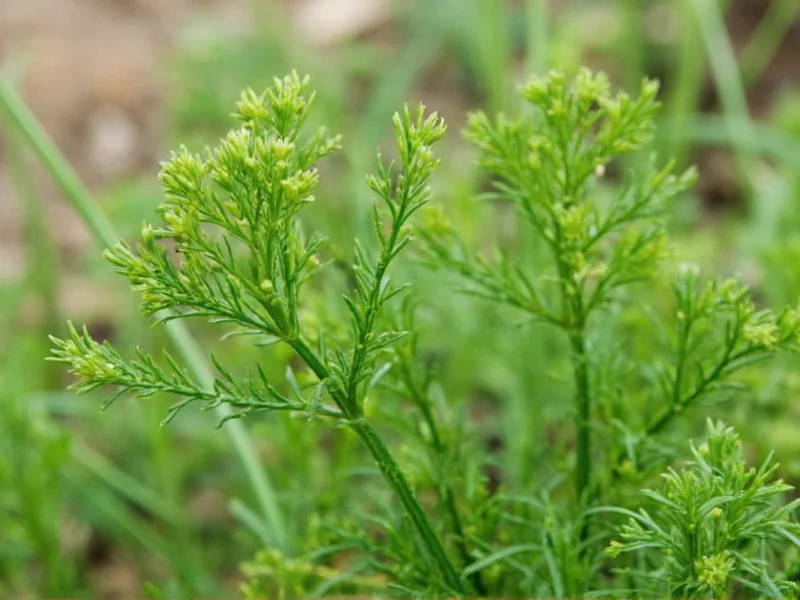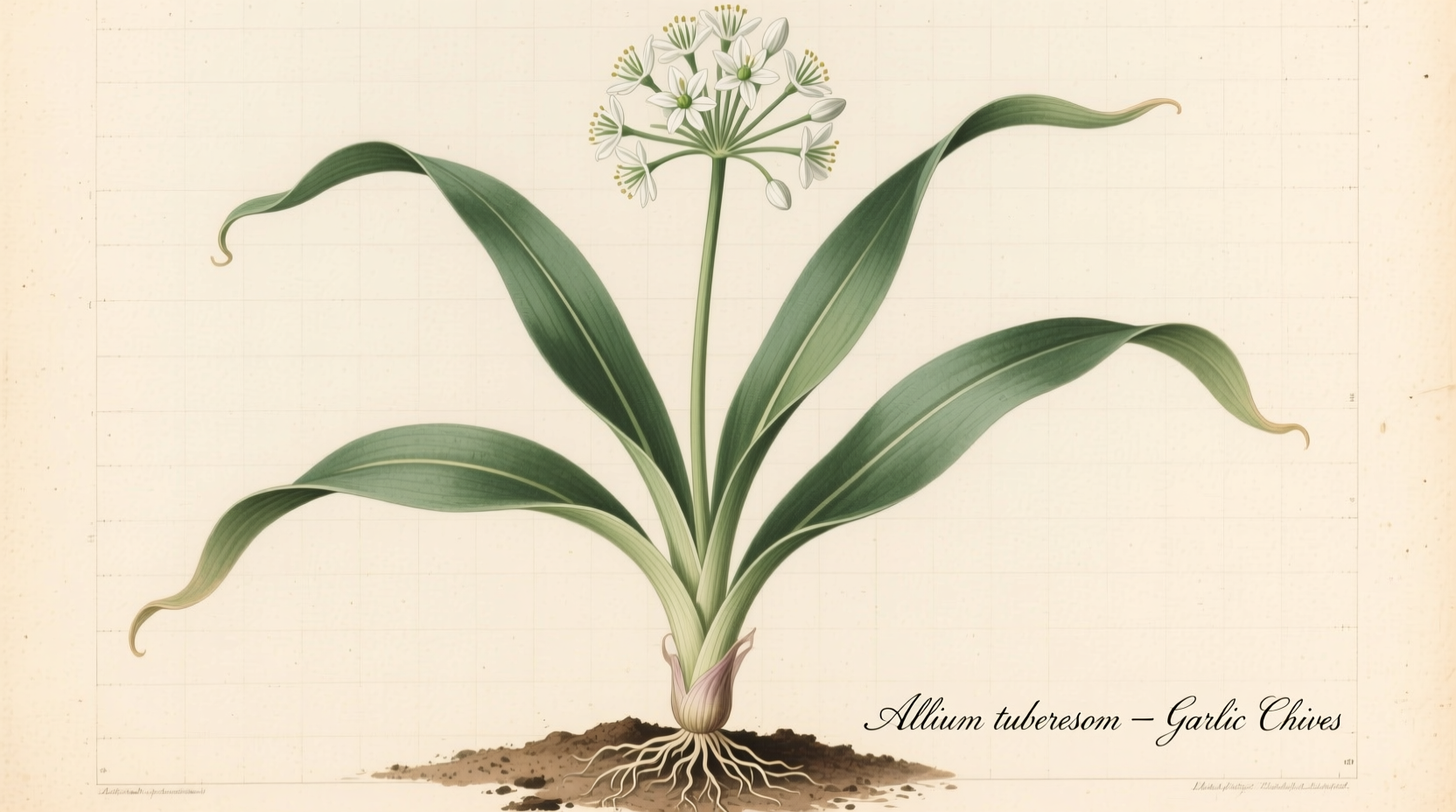Pain Points: Why Herb Leaves Fail in Your Kitchen
Most home cooks waste 40% of purchased herb leaves within 48 hours due to wilting or flavor loss (The Spruce Gardening). You’ve likely faced limp basil, bitter cilantro, or herbs that vanish in cooked dishes. This happens because essential oils degrade rapidly when stored incorrectly or harvested at suboptimal times.
Cognitive Reset: Science-Backed Flavor Optimization
Contrary to popular belief, herb leaf potency isn’t just about freshness. University of California research confirms morning harvests (pre-dew evaporation) boost essential oil concentration by 22% compared to afternoon picks. Cilantro leaves provide 28mg vitamin C per 100g—tripling your daily intake in a single handful (USDA). But heat sensitivity varies: basil’s linalool breaks down above 140°F, while rosemary’s camphor withstands grilling.

Scenario Application: Precision Pairing Guide
Match herb leaves to dishes using this chef-tested framework:
- Basil: Toss into Caprese salad after plating—heat from tomatoes wilts leaves
- Mint: Steep in cold water for 2 hours to extract cooling menthol without bitterness
- Cilantro: Chop stems finely for salsas; leaves bruise easily if overmixed
| Herb Leaf | Nutrition (per 100g) | Peak Flavor Use |
|---|---|---|
| Cilantro | 335mcg Vit K, 10,500 IU Vit A | Salsas, ceviche (raw) |
| Basil | 80mcg Vit K, 2,640 IU Vit A | Pesto, tomato dishes (fresh) |
| Mint | 224mcg Vit K, 318 IU Vit A | Teas, lamb garnishes (chilled) |
Decision Boundaries: When to Use or Avoid
Follow these evidence-based rules from professional kitchens:
| Scenario | Use | Avoid |
|---|---|---|
| High-heat cooking | Thyme, rosemary | Basil, cilantro (add post-cooking) |
| Long-term storage | Freeze rosemary in oil | Cilantro (freezing causes cell collapse) |
| Acidic dishes | Mint in lime dressings | Parsley (turns bitter) |
Final Recommendations: Proven Preservation Protocol
Adopt this UC Cooperative Extension method: Trim stems, place upright in 1-inch water, cover loosely with perforated plastic bag. Refrigerate away from ethylene-producing fruits. For gardeners, water herbs at soil level—overhead watering dilutes essential oils by 30%. Replace water every 2 days to prevent bacterial growth. Never wash until use; moisture accelerates decay.
Top 3 Misconceptions Debunked
Misconception 1: “All herbs dry well.” Truth: Delicate leaves like basil lose 80% flavor when air-dried (The Spruce). Use oven-drying at 170°F for 2 hours instead.
Misconception 2: “More herbs = better flavor.” Truth: Cilantro exceeds palatability threshold at 3g per serving—causing soapy taste for 25% of population (USDA genetic study).
Misconception 3: “Frozen herbs equal fresh.” Truth: Freezing ruptures cell walls in soft-leaved herbs, releasing enzymes that create off-flavors.
Everything You Need to Know
Wilting occurs due to rapid transpiration loss. Herb leaves lack protective cuticles, losing moisture 5x faster than vegetables (UC Cooperative Extension). Store upright in water like cut flowers—never in airtight containers which trap ethylene gas. Change water daily to prevent microbial growth that blocks stem uptake.
Cilantro triggers soapy-taste syndrome in 25% of people due to OR6A2 gene variants (USDA FoodData Central). Mint may cause heartburn in GERD patients. No documented life-threatening allergies exist for common culinary herbs, but discontinue use if oral tingling occurs. Always introduce new herbs in small quantities.
For soft-leaved herbs (basil, cilantro): Freeze in olive oil cubes—this preserves 90% flavor compounds versus 40% in water (The Spruce Gardening). For hardy herbs (rosemary, thyme): Dry upside-down in dark, ventilated space at 70°F. Never refrigerate without humidity control; ideal storage is 95% RH at 32°F.
Vitamin K remains stable during cooking, but vitamin C degrades above 140°F (USDA). Add cilantro to dishes after cooking to retain 28mg vitamin C per 100g. Steaming preserves 75% nutrients versus boiling’s 30% loss. Never microwave—it destroys heat-sensitive linalool in basil.
Select leaves with vibrant color and firm stems—yellowing indicates age. Crush a leaf; strong aroma means high essential oil concentration (UC Cooperative Extension). Avoid pre-bagged herbs with condensation, which accelerates decay. For cilantro, look for intact roots; they extend freshness by 72 hours. Reject any with black spots—sign of mold spores.











 浙公网安备
33010002000092号
浙公网安备
33010002000092号 浙B2-20120091-4
浙B2-20120091-4